The seven bumblebees you'll see in Britain, and how to identify them
The lovely bumblebee may look a little sozzled and slow compared to many species, yet one bumblebee is all it takes to make a prairie and its buzz is the soundtrack of a thriving world. Harry Pearson takes a look, and explains how to identify bumblebees you'll spot in a British garden this spring and summer.
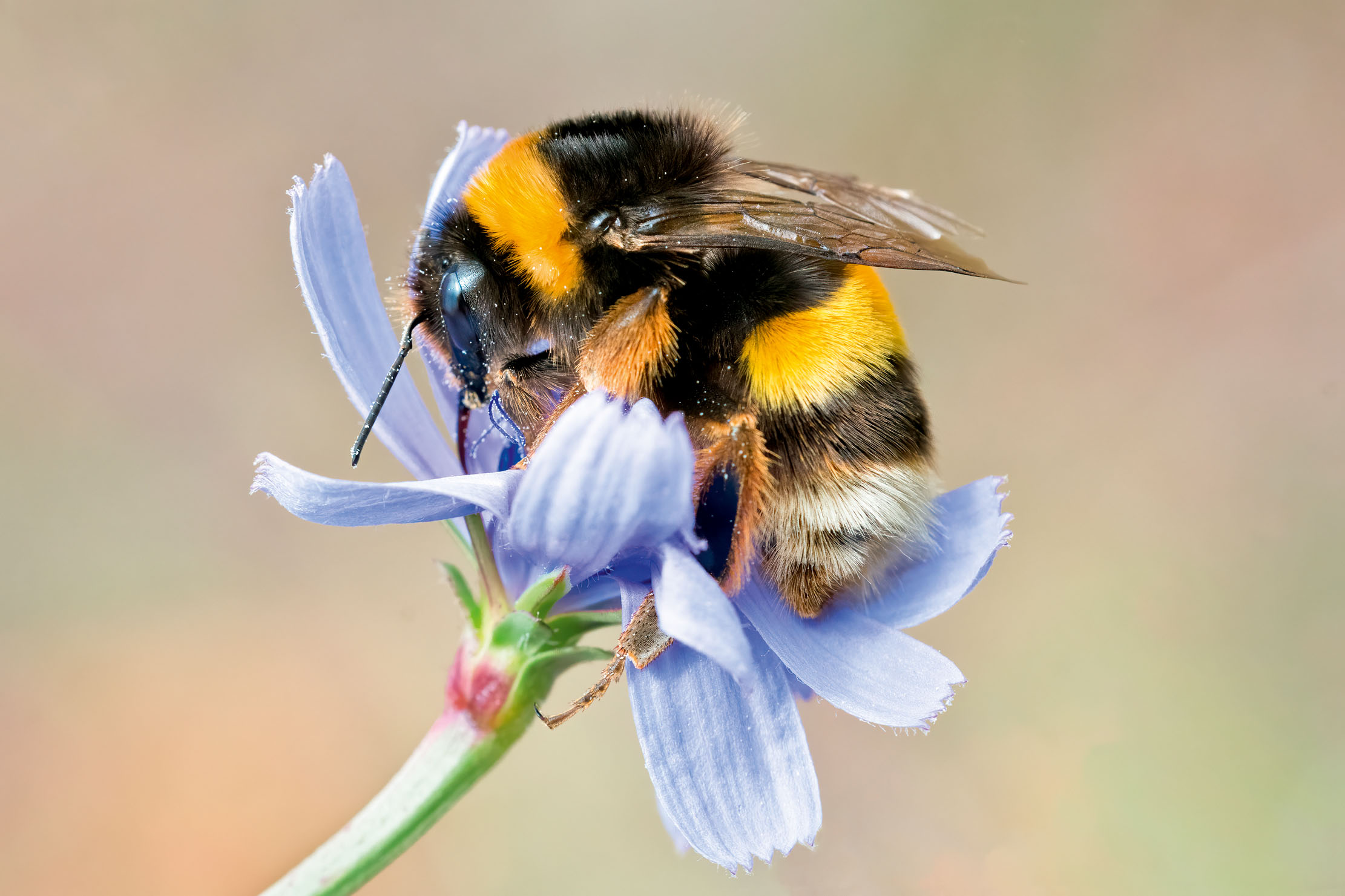

In total there are 24 species of bumblebee in Britain — but the following seven are widespread:
White-tailed bumblebee (Bombus lucorum)
Commonly found in gardens, this is a large and robust species. Its substantial nests can hold more than 200 workers.
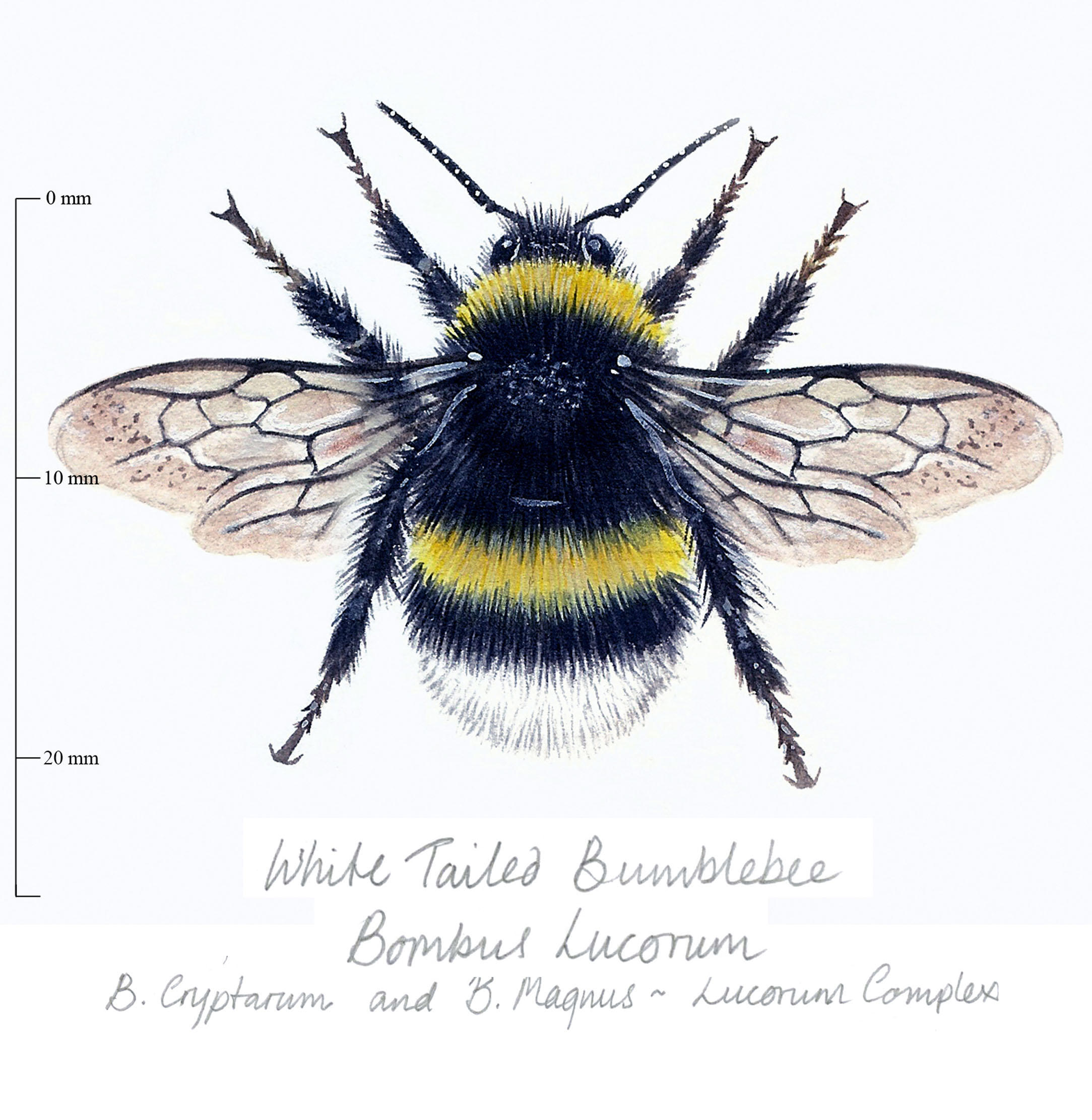
Buff-tailed bumblebee (Bombus terrestris)
One of the first bumble-bees to appear, it is a big species that lives in many different habitats.

Garden bumblebee (Bombus hortorum)
Found in gardens from Scilly to Shetland, this bumblebee has two yellow bands on the thorax and one on the abdomen, plus a white tail.
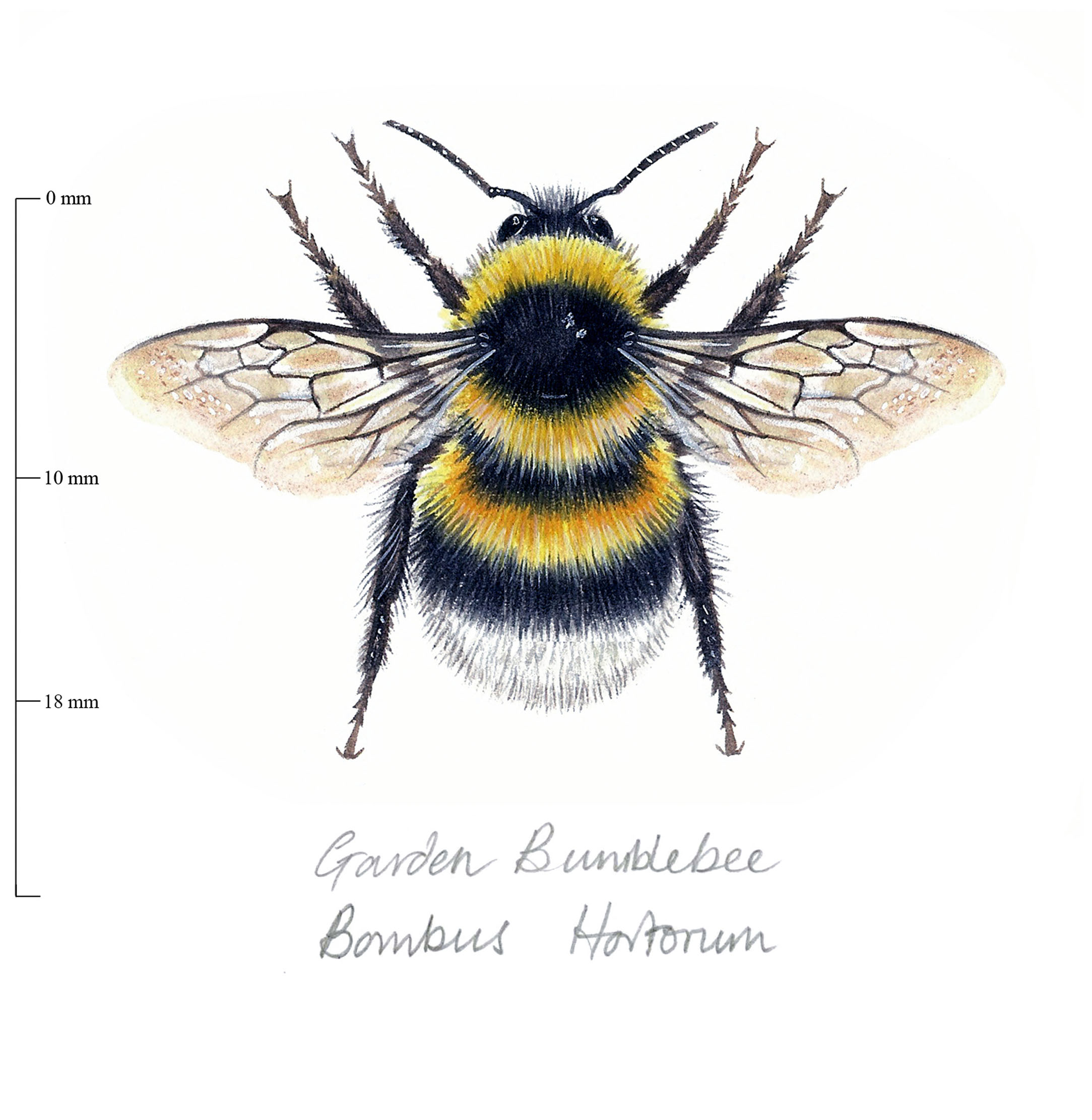
Red-tailed bumblebee (Bombus lapidarius)
One of Britain’s most common species, it has a distinctive orange-red tail (although this is not unique to the species) and lives in large nests, with 150 or more workers.
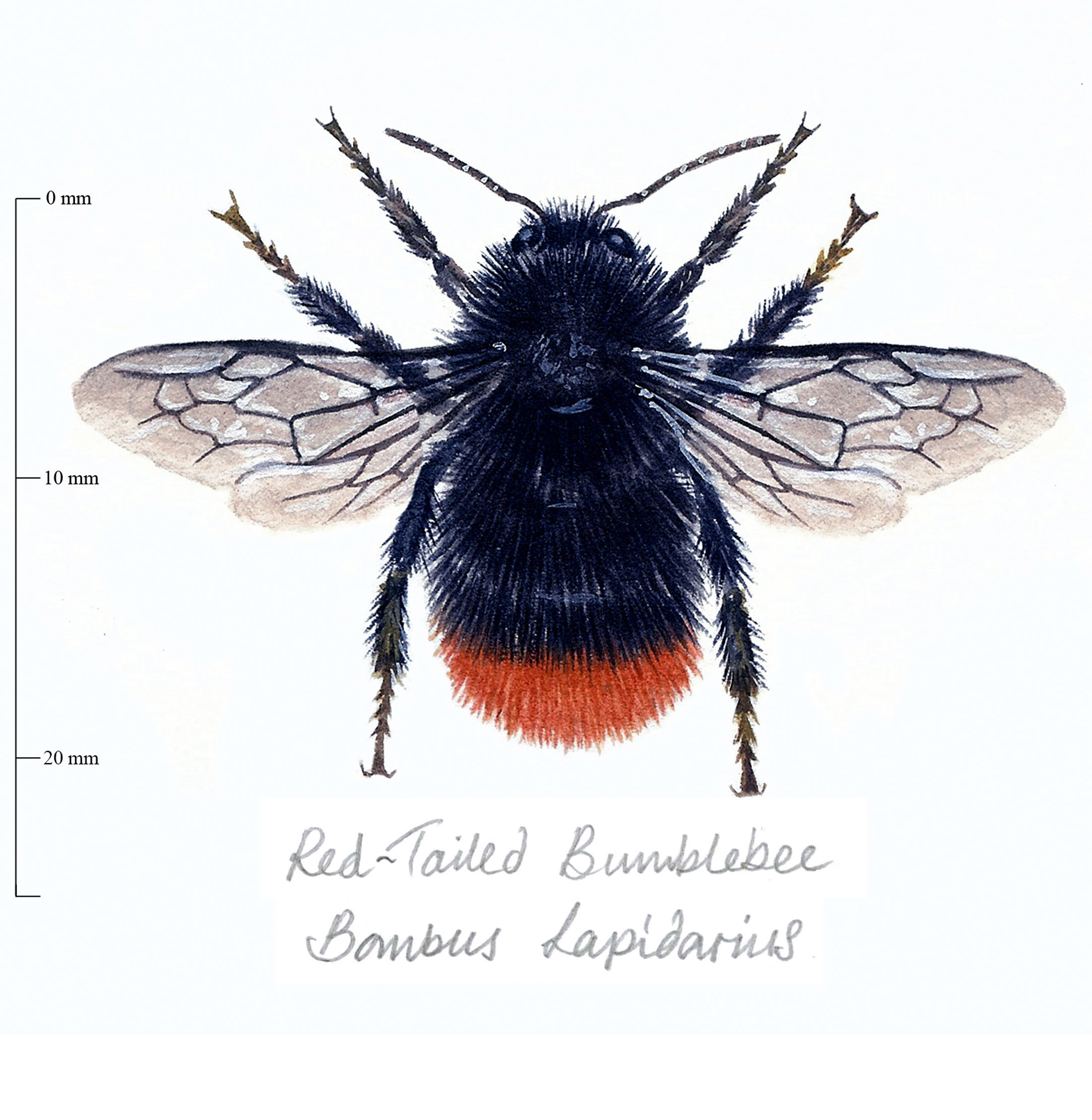
Tree bumblebee (Bombus hypnorum)
This small black, brown and white bee originally comes from the Continent, where it’s linked with woodland habitats, but, here, it can also be found in urban gardens.

Early bumblebee (Bombus pratorum)
Found in many habitats, this is a small species, whose face is as long as it is wide. The early bumble-bee queens are some of the first to fly in early spring.
Exquisite houses, the beauty of Nature, and how to get the most from your life, straight to your inbox.
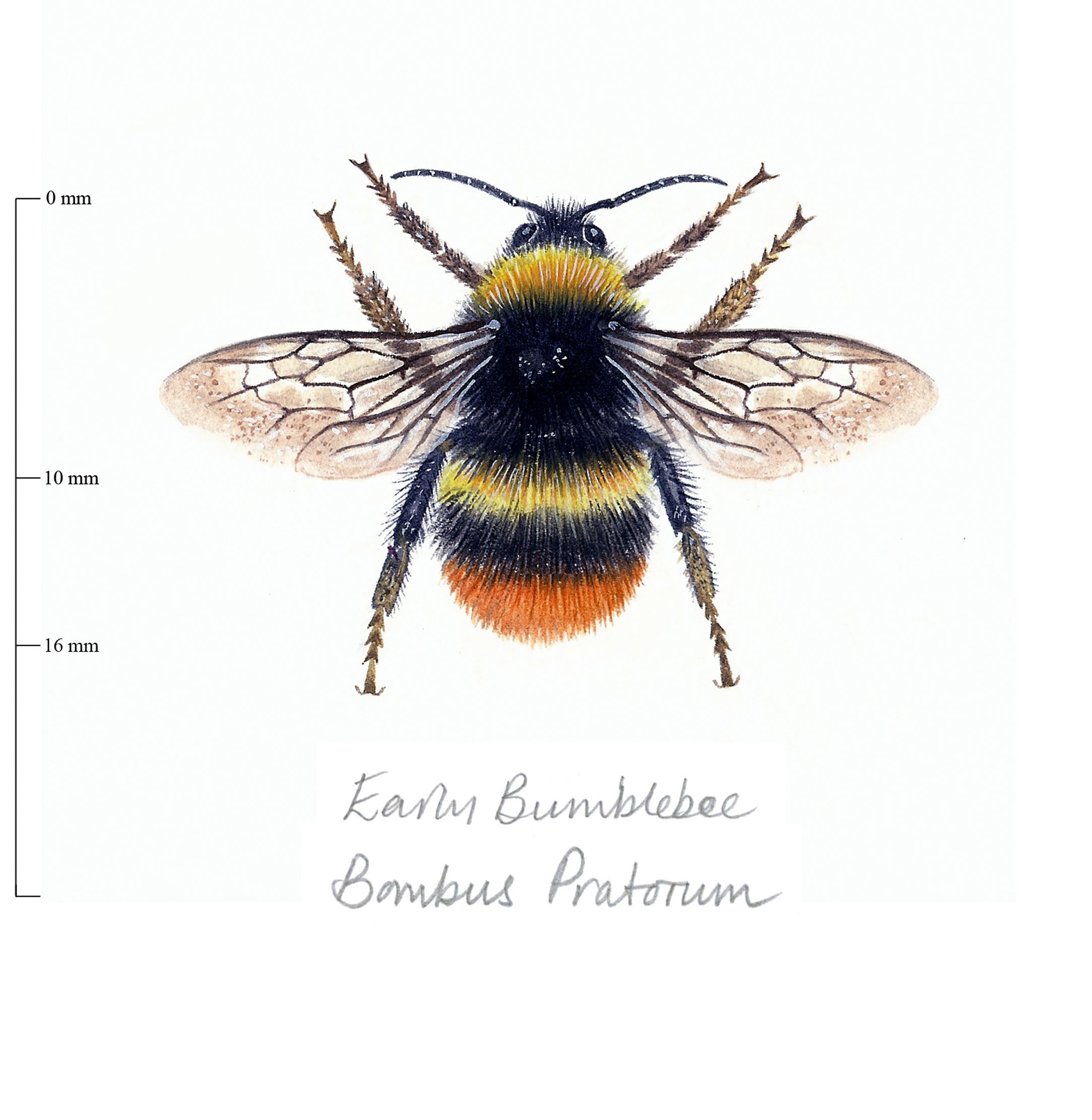
Common carder bee (Bombus pascuorum)
Very adaptable and distributed throughout Britain, this ginger-brown bee is often found in gardens.
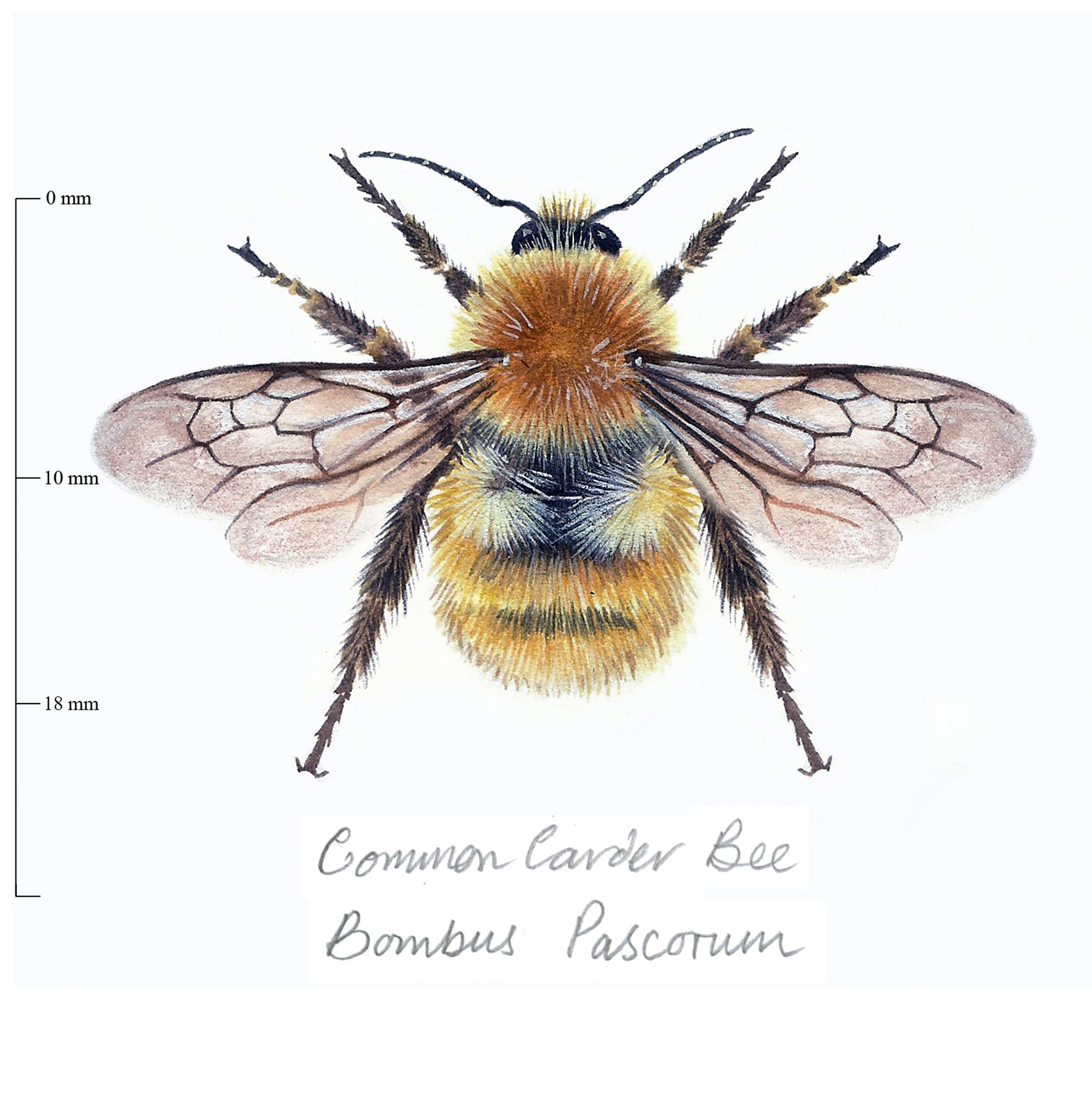
‘The hum of bees is the voice of the garden,’ wrote Elizabeth Lawrence. Certainly, there is no sound so evocative of a pastoral British summer than the rumbling baritone buzz of the bumblebee. For ‘the red-hipped bumblebee’ (as William Shakespeare styled him in A Midsummer Night’s Dream), it always appears to be Sunday afternoon. Although the honeybee is a perpetually revolving cog in an industrial machine, the bumblebee meanders lazily around. It never appears to be in a rush. Bumbling and tumbling in the flowerbeds, it seems a little sozzled, perhaps the consequence of all that amber nectar slurped with its long and hairy tongue from lime blossom and borage, blackthorn and honeysuckle. You feel that, if the bumblebee could talk, it would sound like The Fast Show’s Rowley Birkin QC.
Like Mr Birkin, the bumblebee is hairy and rather dishevelled. Its feet — as Raymond Bradbury noted — ‘are dusted with the spices of a million flowers’ and its shaggy, rotund body is at times so coated in pollen it looks like a water spaniel after ransacking a family-sized box of honey-nut cornflakes. The bumblebee whirls and undulates, falls from petals and bumps into walls. Portly and unflustered, it appears happy with life. Perhaps William Blake was right when he said: ‘The busy bee has no time for sorrow.’
Appearances can be deceptive, however. The bumblebee is Nature’s upper-crust amateur, the C. B. Fry or Prince Ranjitsinhji of the insect world, making everything appear effortless, yet working like a demon. It may look and sound like a lazy, rotund, loafer, but, in flight, its powerful chest muscles vibrate like a plucked guitar string, beating its four wings about 200 times in a single second. It moves at a slow and awkward pace, but it is not for want of effort.
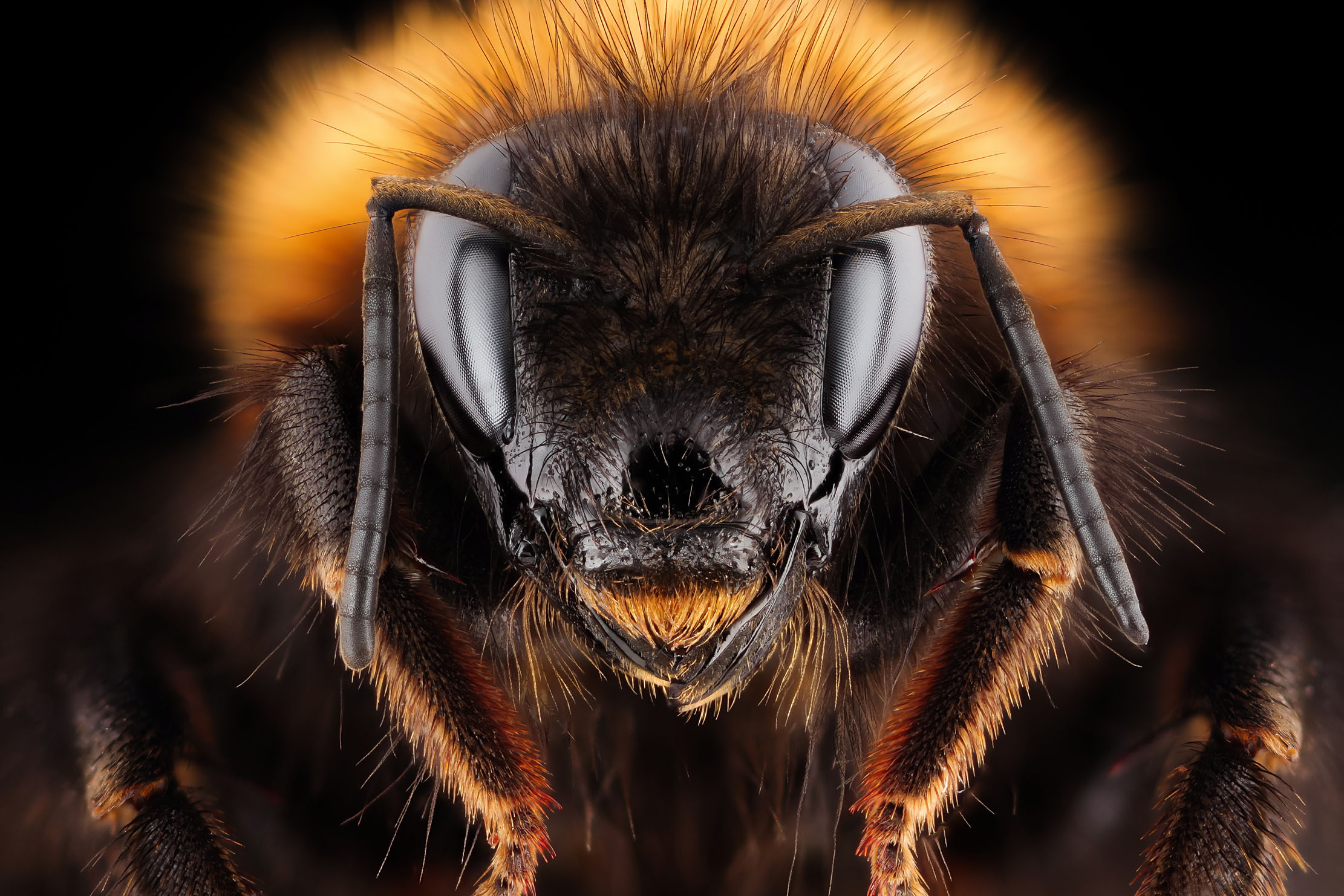
Similar to many burly creatures, bumblebees do not like hot and humid conditions. They prefer high altitudes and northern latitudes. About nine million years ago, most likely in the Himalayas, they evolved from wasps. That bothersome predator transformed into an amiable vegetarian that fed its young on pollen. Unlike its ancestor, the bumblebee is universally popular, celebrated for its industry and as a symbol of good fortune. American poet Emily Dickinson might have likened the bumblebee’s body to a hearse and its hum to a funeral dirge, but most people across history and cultures have welcomed its appearance with a smile. Zeus made it golden in colour and gave it the strength to fly in the gusting winds that blow off the Aegean; in Rome, they were creatures of the Muses; to the Celts, messengers from the heavens. A bumblebee flying into your house is a portent of an important visitor, a bumblebee landing on your hand is a sign that you are about to come into money. They bring luck and sweetness.
The pleasingly descriptive genus Bombus was assigned to the bumblebee by the great French entomologist Pierre André Latreille, a former priest, who had honed his skills as a naturalist when imprisoned by French revolutionaries. The bee’s English name varied across the centuries. Charles Darwin called them humblebees, a term common in Victorian times, but which fell from favour in the 20th century. In Old English, the bumblebee was called the dumbledore. J. K. Rowling chose it as the name for her Hogwarts headmaster because of his love of music. The author pictured a sturdy figure, meandering around the school corridors humming to himself. The bumblebee’s buzz — so entertainingly rendered by Nikolai Rimsky-Korsakov in his operatic interlude The Flight of the Bumblebee — may sound like the absent-minded noises of a contented man, but serves a greater purpose: the vibrations can dislodge sticky pollen from a flower, helping the earless bee to communicate with his fellows.
The bumblebee forages at dawn and as dusk begins to fall. It can travel almost a couple of miles in search of nectar. The returning bee may signal to his fellow workers that he has found a source of food by a series of erratic and uncoordinated movements. For if the waggle dance of the honeybee is Strictly Ballroom, the dance of the bumblebee is strictly ‘dad at a wedding’.
Bumblebees don’t make honey. They have no need for it. Unlike the honeybee, they are not here for the long haul. They are not building an empire. The bumblebee lives in small colonies of between 50 and 200 insects (the hive of a honeybee can contain 50,000 bees — a Fritz Lang metropolis of honey and wax). A queen honeybee lives for many years, the queen bumblebee for a mere 12 months. The workers live a fraction of that. They are creatures of a single summer.
Inside the nest, the queen makes a ball of pollen and nectar and fashions pots from it in which nectar can be stored. These food reserves will sustain her when she’s laying eggs and will feed the newly hatched larvae. Nectar provides energy, pollen the fat stores. The first batch of larvae are male worker bees, the next female workers, in the final one the new queens are born. Once the male bee has mated with them, his work is done. For him, there will be no unwinding years sitting around complaining about the softness of modern life; at the first sign of winter, he curls up and dies before you can growl ‘snowflake’.

In late summer, you may see one of the young queen bumblebees digging in loose soil or leaf litter, hollowing out a warm and sheltered burrow in which to spend the winter. Only the young queens hibernate; the older queens, like the workers, die when the weather turns cold.
In the spring, the young queen emerges from her slothful bed. She tunes up her stiff muscles with an elaborate warm-up routine of dips and stretches, then heads off house hunting. She looks for somewhere dark and dry. When a bumblebee comes tapping on your window in April, it is likely one of these young queens attracted by the shade she sees through the glass. She is looking for a hole, crevice or notch; the base of a drystone wall, perhaps, or the cleft in a tree. Often, she will settle on an old mouse burrow. Doubtless, this is what is in Babbity Bumble’s mind when she flies into Mrs Tittlemouse’s underground home in Beatrix Potter’s The Tale of Mrs Tittlemouse. Babbity resists the house-proud woodmouse’s attempt to shoo her away and instead takes up residence among the untidy dry moss in an empty store cupboard. Later, Mr Jackson the toad tries to chase Babbity away, but fails, complaining to his hostess: ‘I don’t like bumblebees, they are all over bristles.’ Potter’s toad is unbothered by Babbity Bumble’s sting, although we might be wary. Only the female bumblebee has a stinger (the males are all noise) and, because it is unbarbed, she can sting a foe multiple times. However, she rarely bothers, for the bumblebee has little to fear in Britain.
Although some blue tits and great tits have lately learned to avoid the sting by only eating the bumblebee’s head, the bumblebees’ traditional enemy is the great grey shrike. The predatory ‘butcher bird’ can detect a buzz from 100 yards away, but is so rare in England these days that to be eaten by one might be considered a signal misfortune for a bee on a par with a human being flattened by a steamroller.
Despite the lack of natural predators, however, Britain’s population of bumblebees has fallen alarmingly over the past decades. Rising temperatures may be to blame. This is a problem for more than merely aesthetic reasons. Dickinson noted that it only takes one clover plant and one bee to make a prairie. The bumblebee is one of Nature’s greatest pollinators, helping in gardens and wild places and on our farms, too. Since 1992, for instance, domesticated bumblebees have been pollinating pretty much all the long-season tomato crops of the UK. Without the bumblebee, the widest prairie soon becomes a desert. The lazy, amiable hum of the bumblebee is not only the sound of our summers, it is the song of a healthy world.

Credit: Alamy
Curious Questions: Are bees really busy?
We've all used the phrase 'busy as a bee' – but is it justified? Or are bees just as liable
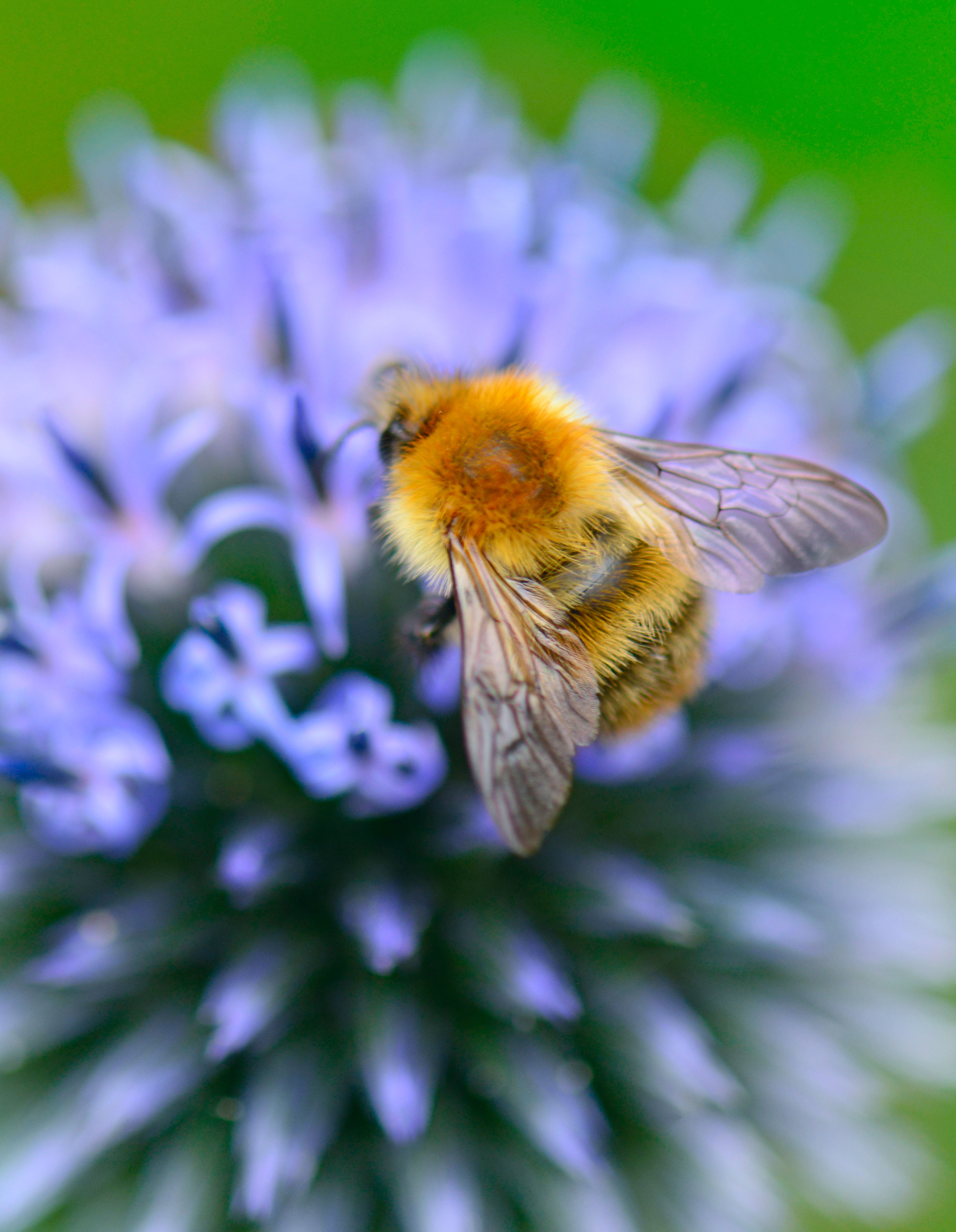
Curious Questions: Do bees really need to be kept in artificial hives?
Beekeepers have kept their bees in filing cabinet-style hives for ya that we've long since ceased to question whether they

Credit: Alamy
The truth about bees: 'I'm a hopeless fan... but plants are cleverer than insects. They have to be.'
Charles Quest-Ritson looks at the fascinating interplay of plants and their pollinators, explaining how what really goes on in your
Harry Pearson is a journalist and author who has twice won the MCC/Cricket Society Book of the Year Prize and has been runner-up for both the William Hill Sports Book of the Year and Thomas Cook/Daily Telegraph Travel Book of the Year.
